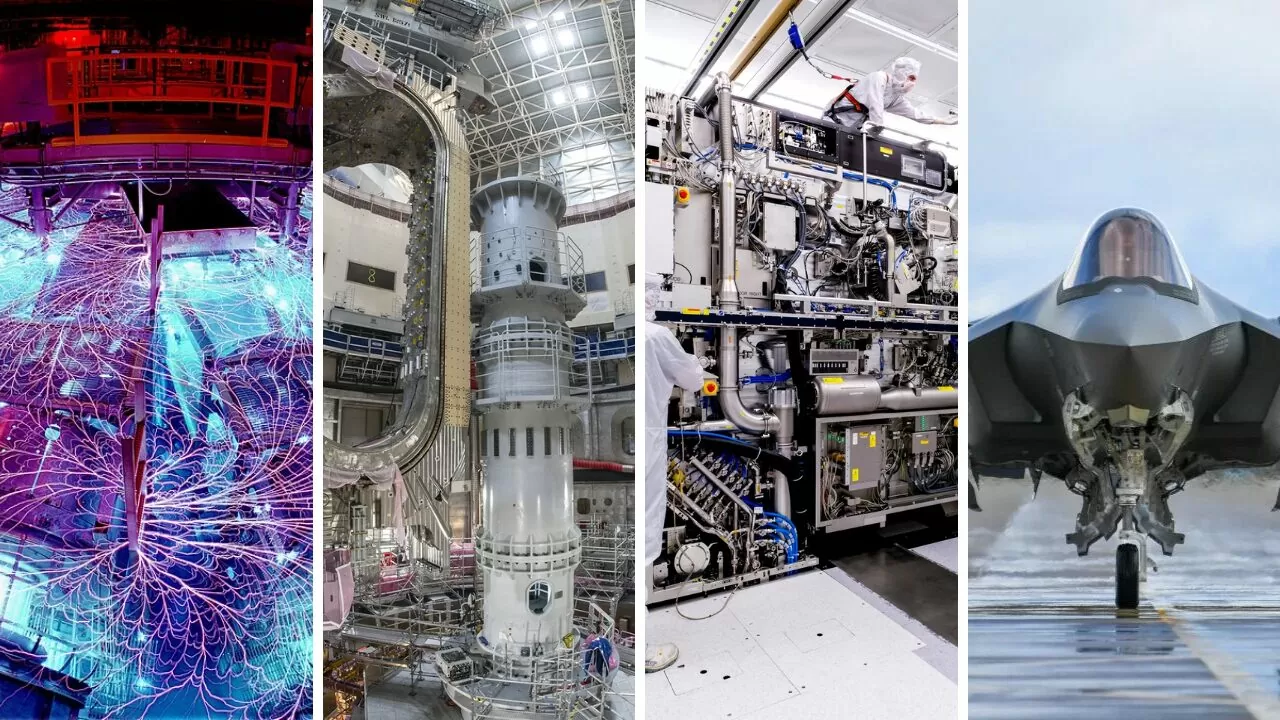Humanity has come a long way since the invention of the first machines. The first of them were driven by water power and later by steam. Machines have evolved so much over the centuries that today even the power behind them seems to come from science fiction: fusion, nuclear, or plasma. Just imagine what the most complex machines can do utilizing this energy! Here are the 10 most complex machines that exist today:
10. Driverless cars
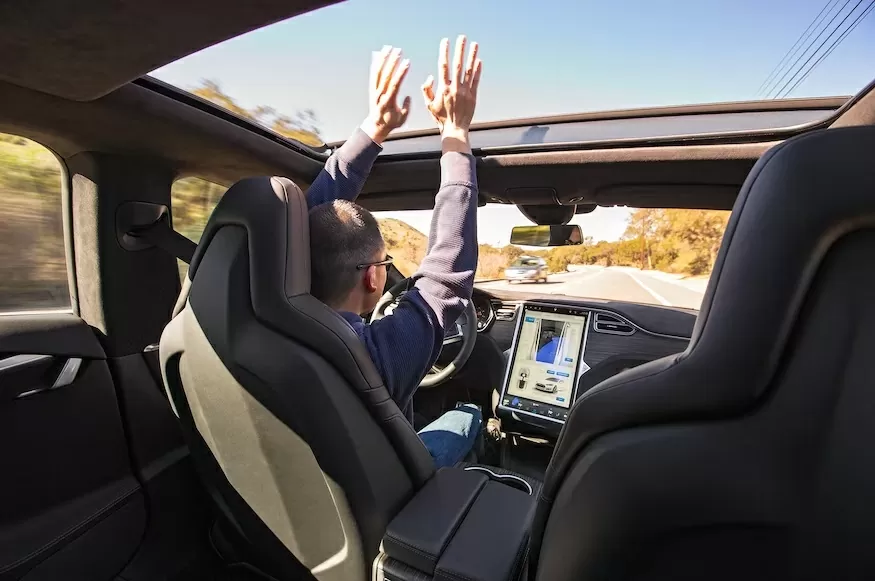
Driverless cars are still not in mass production. However, they are in test mode. General Motors, Tesla, and Ford have been pushing the boundaries in the past few years. There are also a multitude of specialized niche companies like Apollo, AutoX, and WeRide that already have permits for trials in California. The driverless (autonomous) car utilizes top-notch technologies like cameras, sensors, radar, and, of course, AI to make sense of all the incoming data. Tesla has the most aggressive plans to launch Robotaxis as early as 2024.
9. Space Vehicles

In the past decade, private funding has gone a long way toward developing these highly complex machines. Humanity becoming a space-faring race has been the motto of Space X, Blue Horizon, and Virgin Galactic, just a few of the leaders who redefine what is possible. Technology is necessary to escape the Earth’s gravity, maintain life support systems, navigate in space, and observe space. And these are just the beginnings. As space venturing organizations will have us believe we are in for much more coming our way in the coming decade, colonies on the Moon and Mars will need to overcome many more obstacles than the ones encountered until now.
8. Super computers
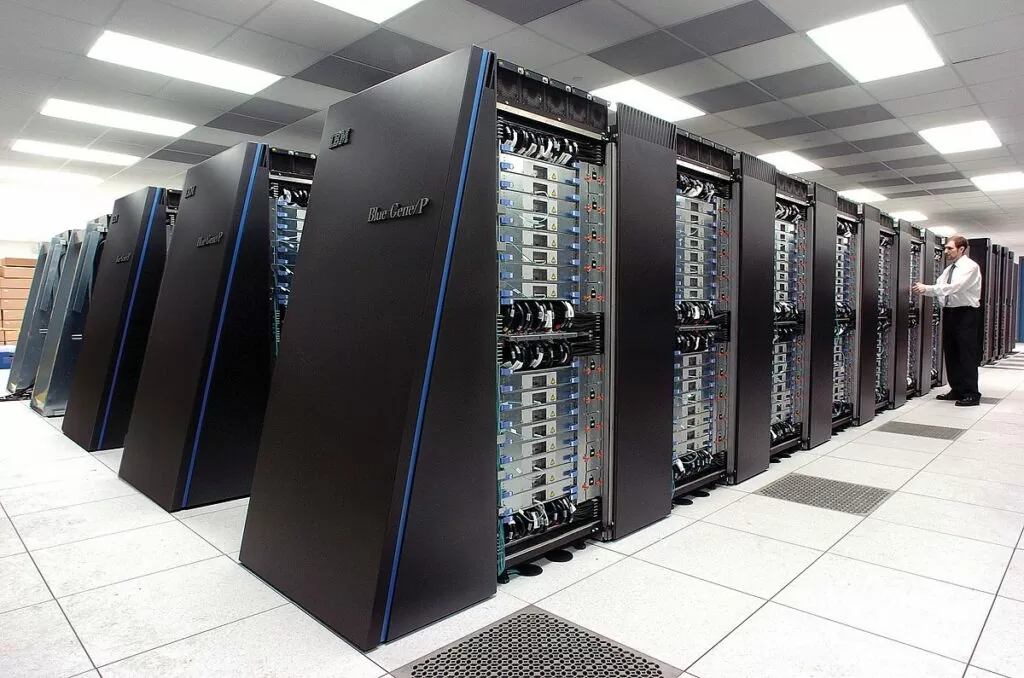
As the name suggests, supercomputers possess a higher level of performance compared to normal computers. The level of processing power and speed of operation in supercomputers outperforms all other computers. Currently, these have been used in engineering and science, where much more computation power is necessary. As of 2023, there are 569 supercomputers active in the world. As the demand for supercomputers grows, we can expect the number of these complex machines to grow in the coming years.
7. Lockheed Martin F-35 Lightning II
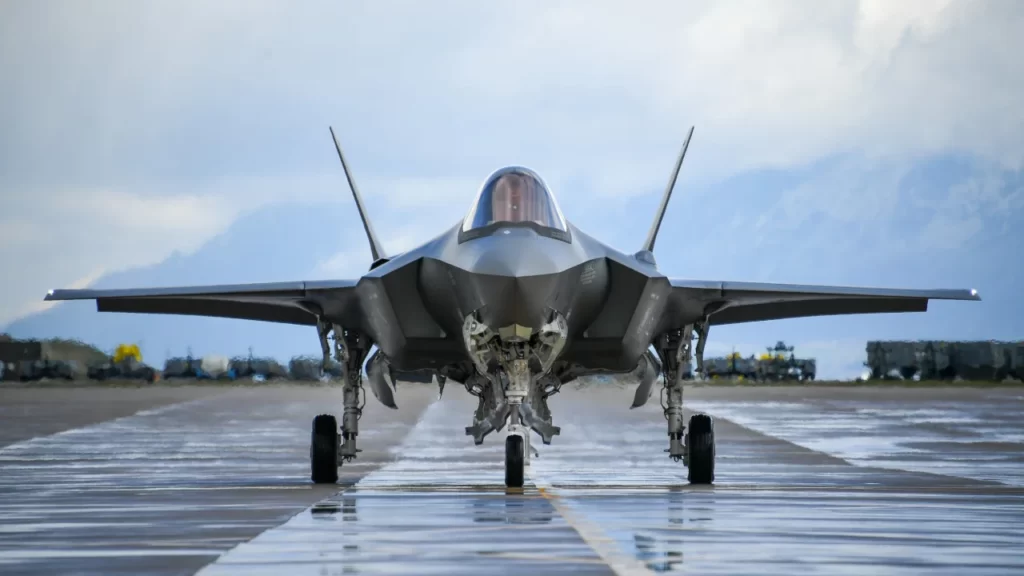
Much of innovation (sadly) originates from the military. This is the story of GPS, the Internet, digital photography, satellite navigation, and many more. Today’s leading military technology may be the future soured of innovative civil tech. Lockheed Martin is again producing cutting-edge technology that is incorporated into the best-in-the-world jet, the F-35 Lightning II. What this jet uses today may become common in the years to come.
Here is a small overview of the main systems incorporated in this complex machine: The Electro-Optical Distributed Aperture System (DAS) helps pilots with situational awareness; the Electro-Optical Targeting System (EOTS) enhances the targeting capability; and the Active Electronically Scanned Array (AESA) radar provides enhanced electronic warfare capabilities.
Last but not least is the engine of the jet itself, which produces 43,000 lbs. of thrust with a six-stage compressor and annular combustor. It is likely that the technology incorporated in this complex machine will trickle through to civilian use in the years to come.
6. Z machine
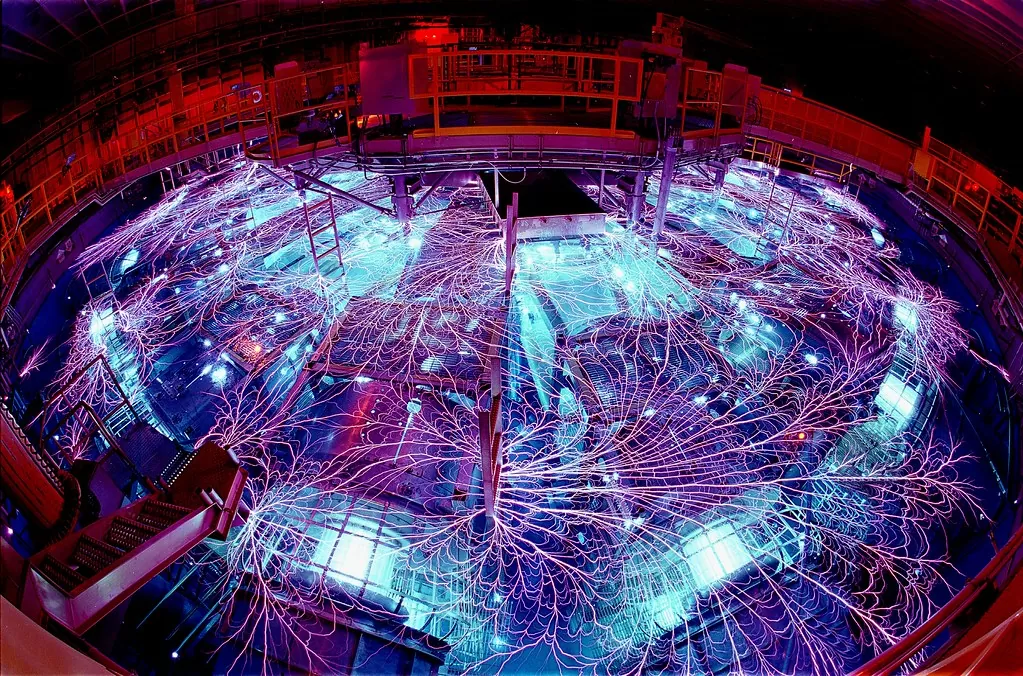
The Z Pulsed Power Facility (commonly known as the Z machine) is the largest high-frequency electromagnetic wave generator in the world. It is used to test the reactions of various materials under huge pressure and temperature. This complex machine collects data that will help humanity build nuclear fusion reactors.
5. Quantum computers
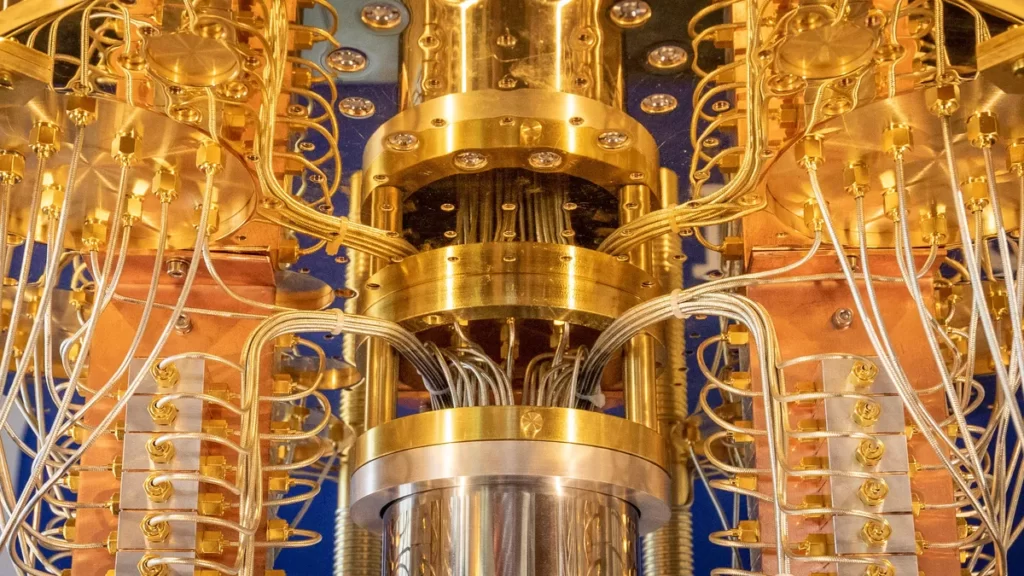
The technology behind quantum computers drifts away from classical physics. In 2023, IBM will be the leader in building and operating this complex machine. Within 2023, the company is scheduled to unveil its 1000 qubid chip, popularly known as the Condor. Toshiba, Baidu, and Intel are not far behind. This complex machine aims to help us understand how atoms interact and eventually lead to better drug and medicine production.
4. Robots
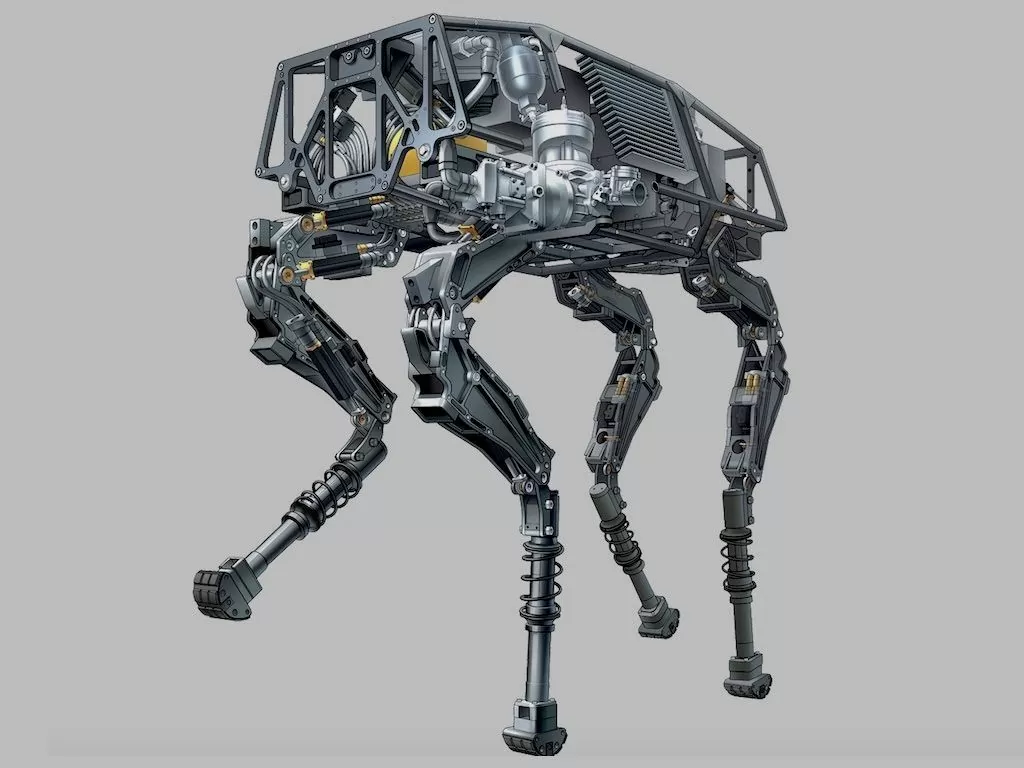
We have all seen movies with robots interacting with humans. Robots have been a part of manufacturing for quite some time, and currently they are in preparation to enter our homes. Specialized companies are competing to churn out the best of these complex machines. Already, there are a multitude of humanoid robots in their testing phase. Such are Sophia by Hanson Robotics, Atlas by Boston Dynamics, Nadine by Kokoro, and, of course, Optimus or the Tesla bot. More likely than not, we will see much more interaction with bots in the coming decade.
3. ITER
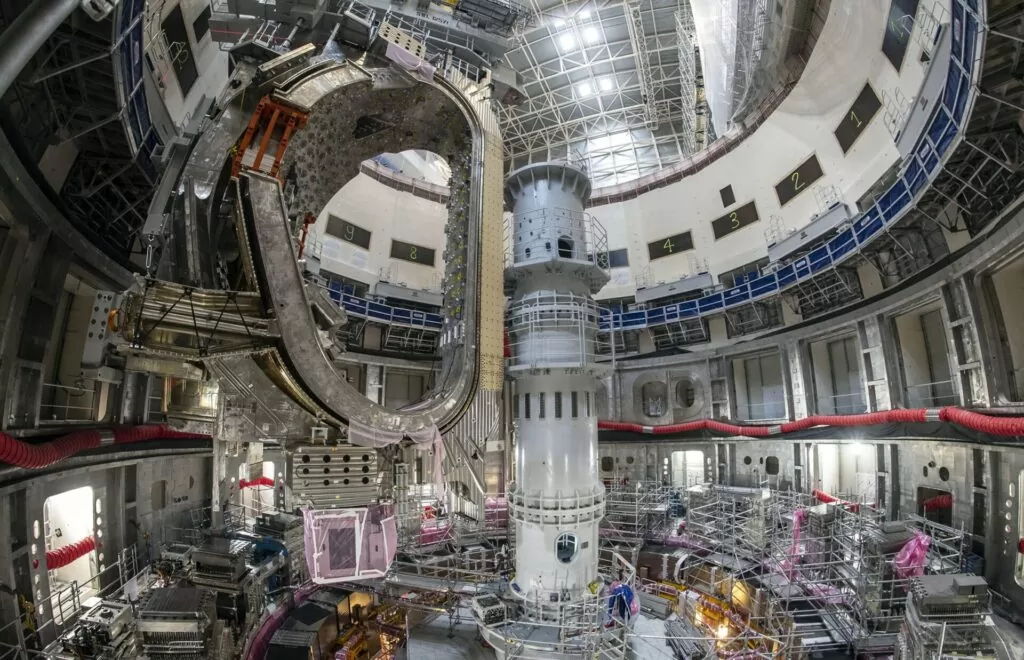
While searching for a new sustainable energy source, humanity has come up with ITER. This is one of the most complex machines in existence, aiming to change the way energy is generated. Fusion is the nuclear reaction that powers our sun and all the other stars. Now we have this capability here on Earth. ITER aims to make this power source available on Earth.
2. ASML Machine
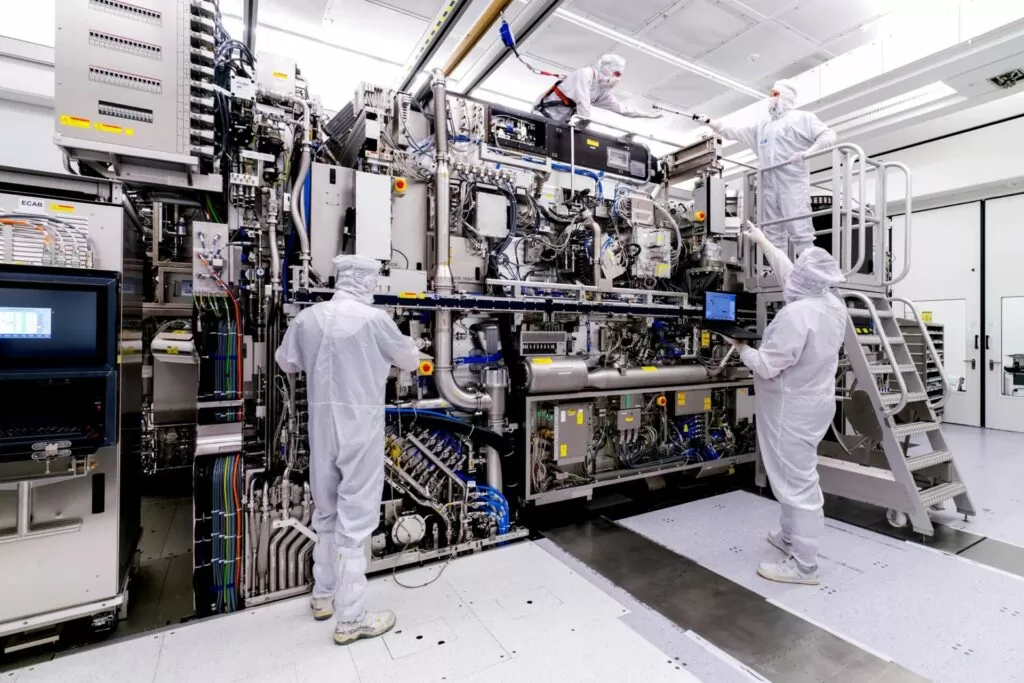
Advanced Semiconductor Materials Lithography is probably the most unknown company, which is crucial for the future of the development of all of the world’s complex machines. Whatever the level of our tech competence, we know that chips are the critical component of all of today’s high contraptions. Well, ASML is the company that makes all of the technological advances possible through their chip production. The cutting-edge ASML machine churns off the best and smallest chips available today.
1. Large Hadron Collider (LHC)
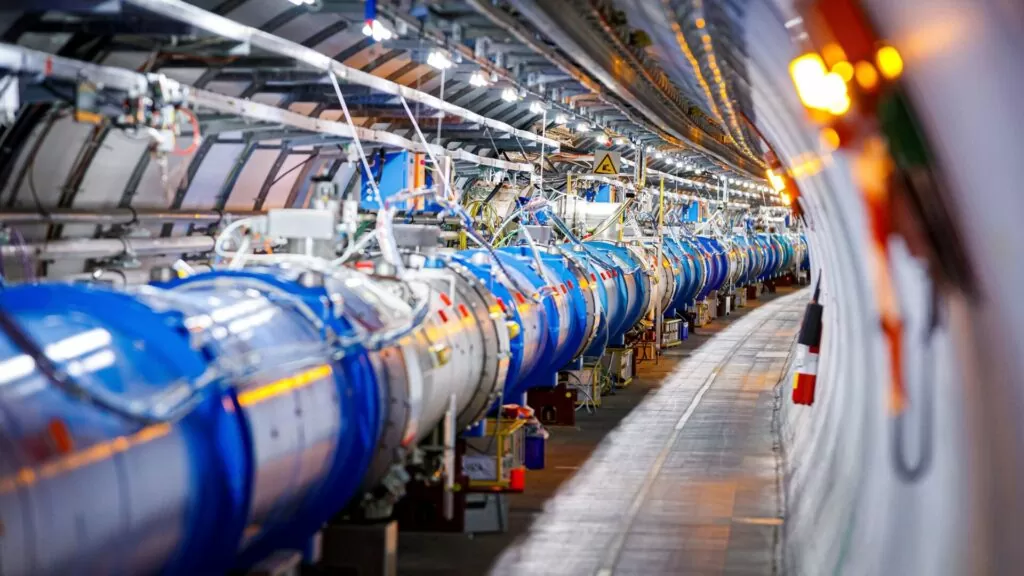
This undoubtedly has got to be the world’s most complex machine. This complex machine is 27 kilometers long. It is the world’s largest and most powerful particle accelerator and collider. Inside this long track, the energy particles accelerate and collide. Traveling near the speed of light, these particles help us understand the nature of the universe in which we live. The complexity of the technology incorporated is unfathomable. This complex machine is responsible for the discovery of the Higgs boson, or the top quark. Likely, we will hear more of its produce over the coming years.
Don’t forget to read more articles here.
Economist, former CEO of a financial services company, current sustainability director of a large EU IT company, nature lover, gardener, traveler

